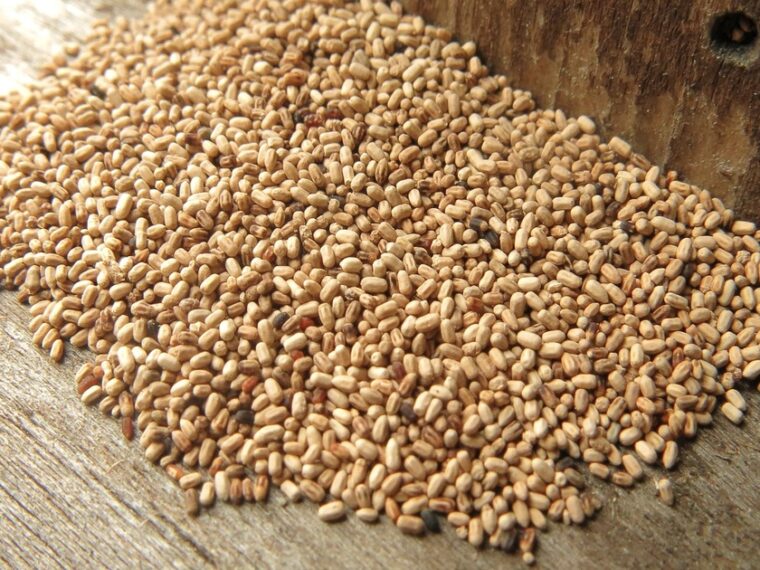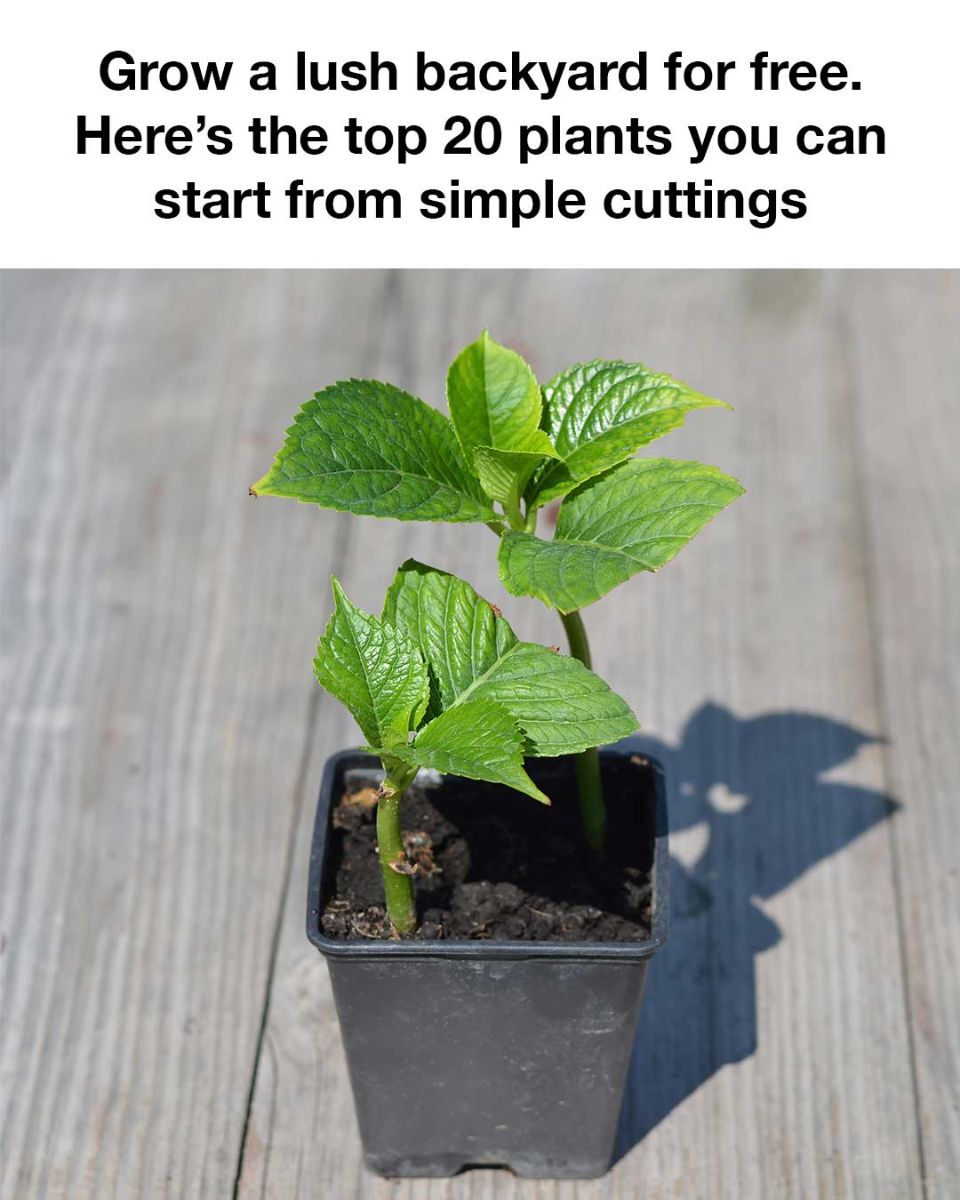There’s something undeniably charming about staying in an old home — whether it’s your own fixer-upper, a charming rental, or a character-filled Airbnb with vintage tiles and antique fixtures. The creaking floors, the exposed wooden beams, and the timeworn patina all whisper stories of the past. But alongside the charm sometimes come tiny mysteries that can send your curiosity — or anxiety — into overdrive.
One such mystery is the appearance of tiny white pellets scattered overnight on counters, shelves, or near baseboards. You sweep or wipe them away, only to find a fresh scattering in the same spot the next morning. They look like tiny grains — sesame seeds, rice, or coarse salt — but they aren’t food crumbs, and they certainly don’t belong there. Could these be white pellets termites might leave behind? Could they be a sign of a hidden pest problem?
If this sounds familiar, here’s the unsettling truth: You may be dealing with signs of an active termite infestation, specifically the tiny white pellets, known as termite frass, that drywood termites produce.
What Are These Tiny White Things?
At first glance, those tiny white pellets seem harmless — perhaps spilled salt or sugar, or even bits of debris tracked in from outside. But when they keep reappearing in the same spot, especially on smooth surfaces like countertops or near wooden trim, it’s a signal that deserves attention.
What you’re likely seeing are termite droppings, scientifically called frass. Termites, like other insects, excrete waste as they consume wood. But unlike subterranean termites that tend to live underground or hidden within the wood and rarely expel waste outside, drywood termites actively push their fecal pellets out of their nests. This results in small piles of tiny, oval-shaped pellets accumulating near the infested wood.
These pellets are roughly the size and shape of coarse grains of salt or pepper and can sometimes look like poppy seeds depending on lighting and surface texture. They may be off-white to light tan, occasionally tinged with dark marks where the pellet walls fold.
Why Termite Droppings Keep Reappearing
Termites are methodical creatures. As they tunnel and consume the cellulose in wood, they generate frass that must be expelled to keep their living spaces clean. They push these pellets out of tiny exit holes in wood surfaces, such as baseboards, window sills, door frames, furniture edges, or wooden countertops.
This means that even if you clean up these pellets today, the termites are still working away inside the wood, producing more waste to be discarded. Thus, the white pellets keep coming back, sometimes daily, until the infestation is addressed.
The constant reappearance is a clear indicator that the termite colony is active, growing, and thriving somewhere within your home or rental property.
The Silent but Destructive Guests of Older Homes and Rentals
Older homes and rental properties, especially those built decades ago, are often filled with the kinds of wooden features termites love to feast upon: hardwood floors, ornate trim, old window frames, wooden furniture, and structural beams. Even if a property looks freshly renovated, termites can lurk behind walls, in subfloors, or inside wooden cabinetry.
The wood in older buildings is often untreated or has been exposed to moisture over time — two conditions that make it especially attractive to termites. The pests are adept at quietly chewing through wood without attracting immediate attention. Unlike rodents or larger pests, termites work silently and are rarely seen above ground, making their droppings one of the first obvious clues to their presence.
What Should You Do If You Find These Pellets?
Discovering termite pellets can be unnerving, especially if you don’t know much about these tiny invaders. Here’s a step-by-step guide on what to do next if you spot these mysterious white pellets in your home, Airbnb, or rental property:
1. Document the Evidence
Take clear photos of the pellets, focusing on the size, shape, and location. Note if the pellets seem fresh (soft, moist-looking) or old (dry and brittle). Record where they appear most frequently — near baseboards, window sills, furniture legs, or under counters.
2. Notify the Property Manager or Host
If you’re renting or staying temporarily, inform the landlord, property manager, or Airbnb host immediately. They need to know because termite infestations can lead to structural damage, and addressing them promptly is crucial.
3. Avoid Cleaning Without Inspection
While the instinct is to clean right away, it’s a good idea to leave a small amount of pellets untouched for inspection by a pest professional. This can help confirm the infestation and assist in planning treatment.
4. Schedule a Professional Pest Inspection
Termites are tricky to eliminate without expert help. A licensed pest control company will inspect your property thoroughly — looking beyond visible signs to check wood integrity, moisture levels, and entry points. They may use specialized tools like moisture meters, infrared cameras, and borescopes to peek inside walls.
Why Termite Droppings Are More Than Just a Cosmetic Problem
It’s tempting to dismiss these tiny pellets as a minor annoyance or leftover crumbs, but ignoring them can be dangerous. Termites cause billions of dollars worth of damage annually worldwide, often leading to costly repairs or even compromising a building’s structural integrity.
Termites eat wood from the inside out, leaving hollowed beams, weakened joists, and damaged furniture. Since they rarely surface openly, their presence can go unnoticed until significant damage has occurred.
The white pellets are essentially a warning sign — a signal that termites are busy consuming the wood beneath or behind where you find the droppings. The longer the infestation goes unchecked, the more extensive the damage will become.
Understanding Termite Behavior: Why They Leave Pellets Outside the Nest
Drywood termites live entirely inside wood and don’t require contact with soil. Unlike subterranean termites, they don’t build mud tubes or tunnels and instead remain within the wooden structure. As they consume wood, they create galleries and tunnels that quickly fill with waste. To maintain a clean living environment, the colony pushes this waste out of small exit holes, resulting in visible pellet piles.
These exit holes are often tiny and hard to see, but the pellets provide a clear indicator of their presence. Sometimes you may notice small piles beneath holes, or see the holes themselves as tiny pinpricks in the wood.
Why Older Homes and Rentals Are Particularly Vulnerable
Older properties are more susceptible for several reasons:
- Aging Wood: Wood exposed to moisture and natural decay is softer and more appealing to termites. Older homes might have untreated wood or decades-old finishes that no longer protect against pests.
- Hidden Voids: Old homes often have wall voids, crawlspaces, or hidden cavities where termites can thrive unnoticed.
- Lack of Recent Pest Treatments: Many historic homes were built before modern termite prevention standards. Unless recently treated, these homes can be prime termite targets.
- Shared Walls in Rentals: In multi-unit rentals, infestations can spread between units unnoticed.
Prevention Tips for Homeowners and Renters
Even if you’re dealing with an active infestation, there are ways to minimize damage and prevent future issues:
- Maintain Proper Ventilation: Moisture attracts termites. Keep basements, crawlspaces, and attics dry and well-ventilated.
- Seal Cracks and Holes: Repair gaps around windows, doors, and utility penetrations that termites might use to enter.
- Regular Inspections: Schedule professional inspections at least annually, especially for older homes.
- Limit Wood-to-Ground Contact: Ensure that wooden structures do not directly touch the soil outside your home.
- Avoid Piling Wood or Debris Near the House: Storing firewood or lumber near the foundation invites termites.
What Happens Next: Professional Treatment and Repair
Once termites and their droppings are confirmed, pest control professionals usually recommend one or more treatments:
- Chemical Treatments: Termiticides applied to soil or wood to kill and repel termites.
- Bait Stations: Placed around the home to attract and poison colonies gradually.
- Fumigation: For severe drywood termite infestations, whole-structure fumigation might be necessary.
- Wood Repairs: After treatment, damaged wood may need to be repaired or replaced to restore structural integrity.
Final Thoughts: The Hidden Cost of Nostalgia
Old homes have character and charm that newer builds often lack — exposed brick, intricate woodwork, and vintage fixtures that tell stories. But they also carry histories that include pests like termites. Those tiny white pellets? They’re more than just dust or debris — they’re a living clue, a reminder that beneath the beauty, nature is at work.
So next time you wake up in a cozy Airbnb or pull open the cabinet under your sink and notice a dusting of white pellets, don’t just brush them away. Take a moment to consider their meaning — because sometimes the good old days leave behind some not-so-good surprises.





